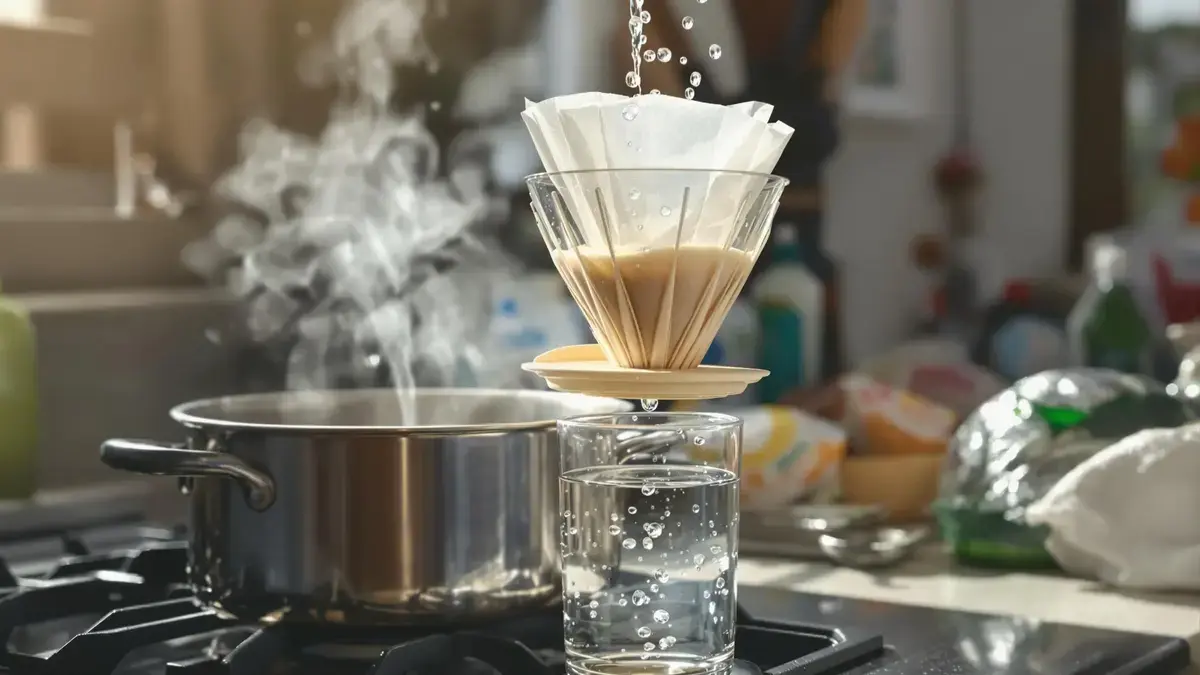Microplastics, the dangerous particles present in our tap water, are the result of pollution generated by waste and household products. However, it is now possible to reduce their concentration by 90% through a simple method combining boiling and filtration. This process, which is both accessible and supported by university studies, offers significant health benefits while highlighting the importance of strict regulation against plastic pollution.
The essential information
- Elimination of microplastics from tap water by boiling and filtering.
- Reduction of 90% of microplastics through a simple and effective method.
- Health risks associated with plastic particles present in water.
- Need for strict regulation and environmental solutions for plastic pollution.
Say goodbye to microplastics in tap water
Many consumers are concerned about the quality of the water they use daily, particularly due to the growing presence of microplastics. These plastic particles, visible only under a microscope, infiltrate drinking water systems through pipes, waste, and even household products. The harmful effects of these microplastics on human health are alarming, fueling an urgent need for accessible solutions to reduce their presence in our water.
Effective reduction of microplastics
Recent studies have shown that a simple and effective method can reduce up to 90% of microplastics in tap water: boiling followed by filtering. This process, which only requires basic equipment, provides a practical and economical solution for households concerned about their health. By boiling the water, calcium carbonates are formed, which can help precipitate some of the impurities present in the water.
Simple filtering with coffee
After boiling, it is recommended to use a coffee filter to eliminate any suspicious residues. This filtering not only extracts sediments but also captures the microplastics that may remain in the water after boiling. This method is not only effective but also accessible to everyone, as it only requires a pot and a coffee filter, items commonly found in most kitchens.
Health benefits
The health benefits for consumers who adopt this method are significant. By reducing the consumption of microplastics, the risks associated with ingesting these particles also decrease, allowing individuals to enjoy healthier and purer water. This purification process has been proven by university studies, making this technique a credible option in the face of a growing public health issue.
Need for complementary solutions
While this boiling and filtering method is promising, it should not be seen as a standalone solution. It is imperative to complement this approach with additional environmental solutions. The importance of strict regulation against plastic pollution is critical to preventing the ongoing contamination of our water resources. Waste management, education, and sustainable alternatives must be central to the action against plastic pollution.
Combination of treatment and sustainable development
Finally, to effectively combat microplastics, it is essential to combine water treatment with the development of sustainable materials. By rethinking our consumption and waste management of plastics, we can hope for a future where drinking water remains free from contamination. The adoption of simple methods and strict regulations will pave the way for healthier and safer living conditions for all.
















